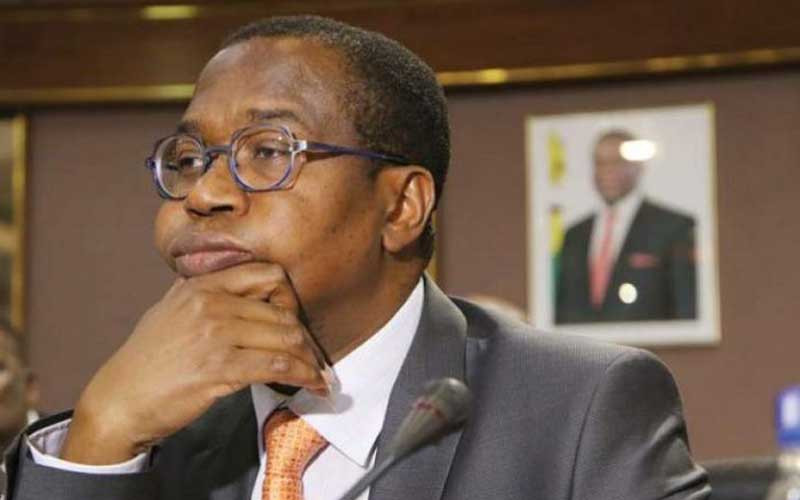
Finance minister Mthuli Ncube says debt financing will be used to fund the $4,5 trillion 2023 national budget, raising concerns about money supply growth.
Treasury expects $3,9 trillion in revenue supported by increased value-added and forex taxes, leaving a nearly $600 billion fiscal deficit.
The 2023 budget was up 32,35% from pre-budget consultations and roughly 137% from 2022.
In September 2022, broad money supply rose 425,8% to $1,9 trillion, representing local and foreign currency components, according to treasury.
Bank loans increased the local currency component, while exchange rate depreciation and actual foreign currency deposits increased the foreign currency component.
Ncube told Standardbusiness in an interview that debt financing won’t turn inflationary.
“The budget deficit target is only 1,5% of GDP (gross domestic product) and I have been very consistent,” he said.
“Since 2019, we have not exceeded 3% of the GDP in terms of the budget deficit.
- Blowback as Ncube blows own trumpet . . .we have one of the worst exchange rates in Africa, says Biti
- Budget dampens workers’ hopes
- Govt issues $24 billion Covid-19 guarantees
- Bonuses: A vote of no confidence in Zimdollar
Keep Reading
“We have been very clear about that, and we have walked the talk on that so we will not fail this time. It will be 1,5% of GDP.
“How are we going to finance it? It’s through the usual way which is the issuance of treasury bills,” he said.
“And by the way, we have to issue treasury bills because that is the one way of providing the pensioners and the public with an investment instrument that has got a good yield with a very good credit rating, so they also need it.
“So, we are going to issue some treasury bills.
“Also, we are going to issue a US dollar bond which is a long time in waiting and we have been waiting for quite a while so we are going to do that eventually and also some borrowings where we can.”
He said that the remainder of the International Monetary Fund’s Special Drawing Rights (SDRs) worth US$316,9 million, as of the end of October, would also fund the budget.
“Also, we have SDRs left which we can also apply to that deficit of 1,5% of GDP,” Ncube said.
The deficit will be supported through treasury bill issuances of $82,2 billion, treasury bonds $95,2 billion, and external loan disbursements equivalent of $398,2 billion.
“Total gross treasury bills issuances, for budget financing for the period January to September 2022 amounted to ZWL$32,98 billion, against a target of ZWL$77,8 billion,” reads part of the Public Debt Bulletin for the month.
“The lower issuance of TBs in the second and third quarters of 2022 was influenced by a deliberate policy to issue short-term 90-days TBs.
“The maturity profile of outstanding treasury bills and bonds amount to ZWL$55,5 billion and an interest bill of ZWL$17,4 billion from Q4 of 2022 to year 2042. The maturity profile reflects a spike in 2023 (72%), indicating the short-term nature of these securities.”
Debt security has been the main source in the increase of money supply as it hasn’t been supported by economic growth since before Covid-19.
“The Medium-Term Debt Management Strategy (MTDS) 2022-2025 has been developed to guide borrowing operations in the short to medium term, anchored on the objective of developing and deepening the domestic debt market,” part of the Public Debt Bulletin reads.
“The domestic money and capital markets remain the major sources of budget financing, as access to external sources is very limited due to continuous accumulation of external debt arrears.”
The debt financing plan is likely to increase public debt, which was US$17,6 billion in September though estimates put it at over US$20 billion.
Next year's budget is mostly going to non-productive sectors and government departments, promoting money supply growth and inflation.










